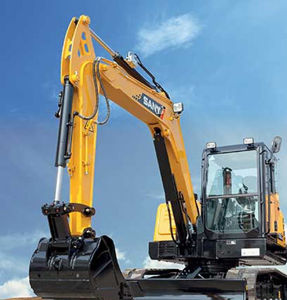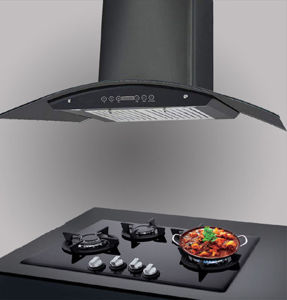Backhoe Loaders
The backhoe loader has a bucket at the front and a backhoe at the rear. Most use two large wheels at the rear of the chassis to power the vehicle, and two smaller wheels at the front to steer. A principal advantage of the machine is its ability to be driven moderate distances between job sites.
Most models have a “center-pivot” design, meaning that the backhoe mechanism pivots on the machine centerline. A few models have a “side-shift” design, meaning that the backhoe can move across the rear of the machine to gain a more advantageous digging position, such as excavating next to foundations. Some models also can be equipped with an attachment coupler, more frequently at the front than at the rear, allowing the machine to use various work tools.
Backhoe loaders are available in a broad range of sizes, with horsepower ratings that range from around 25 to 150, and with standard backhoe digging depths that range from less than 10 feet to more than 17 feet. With an extendable dipper stick, digging depths can exceed 21 feet for some models.
Most backhoe loaders use a diesel engine coupled with a multi-speed transmission, which most often is a “power-shuttle” type that uses hydraulically shifted clutches to make both directional and speed-range gear changes. Some models use a power-shift transmission with an “auto-shift” feature that changes speed ranges automatically to match load and speed requirements. In most designs, the transmission drives a planetary-reduction rear axle.








